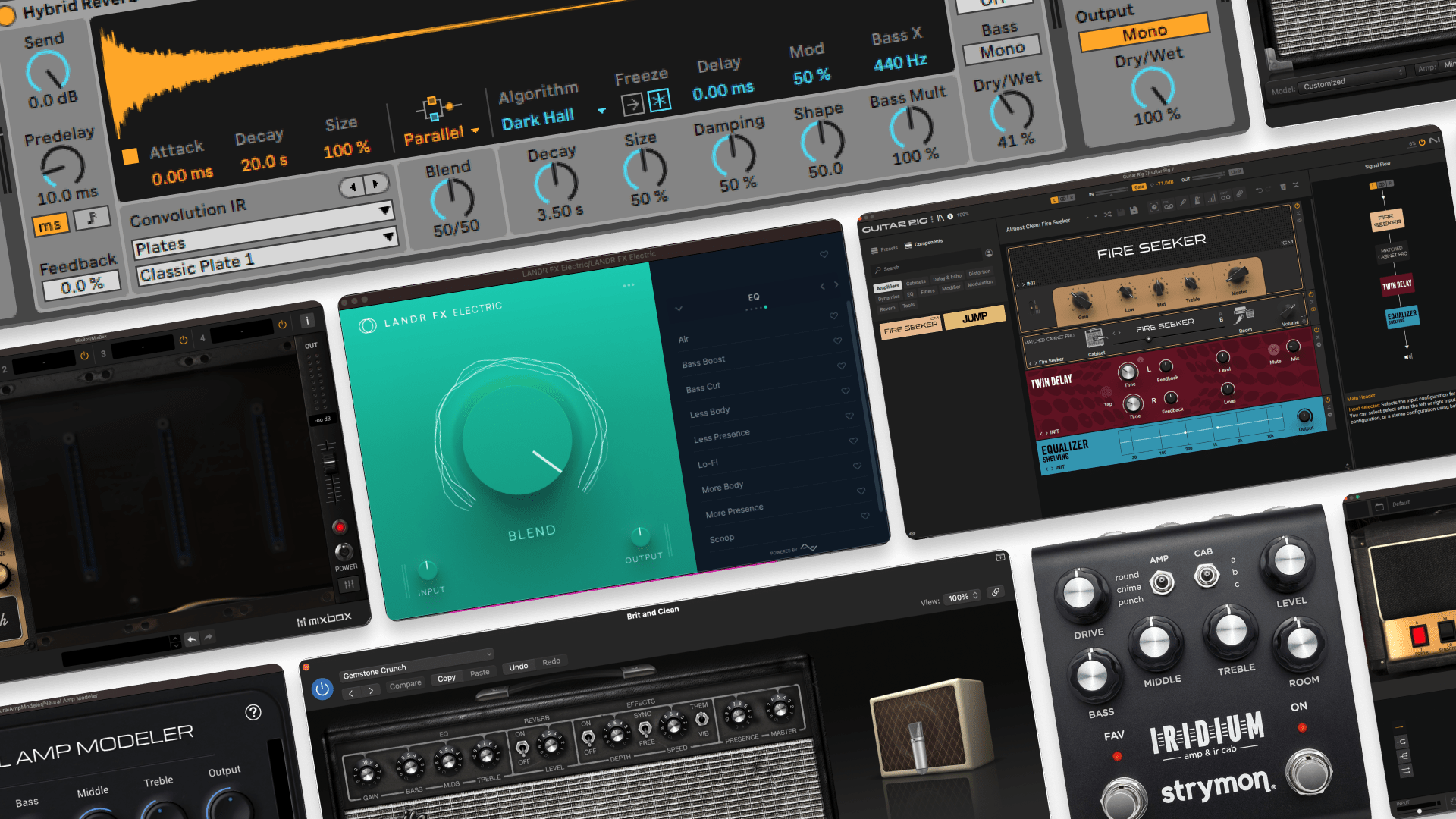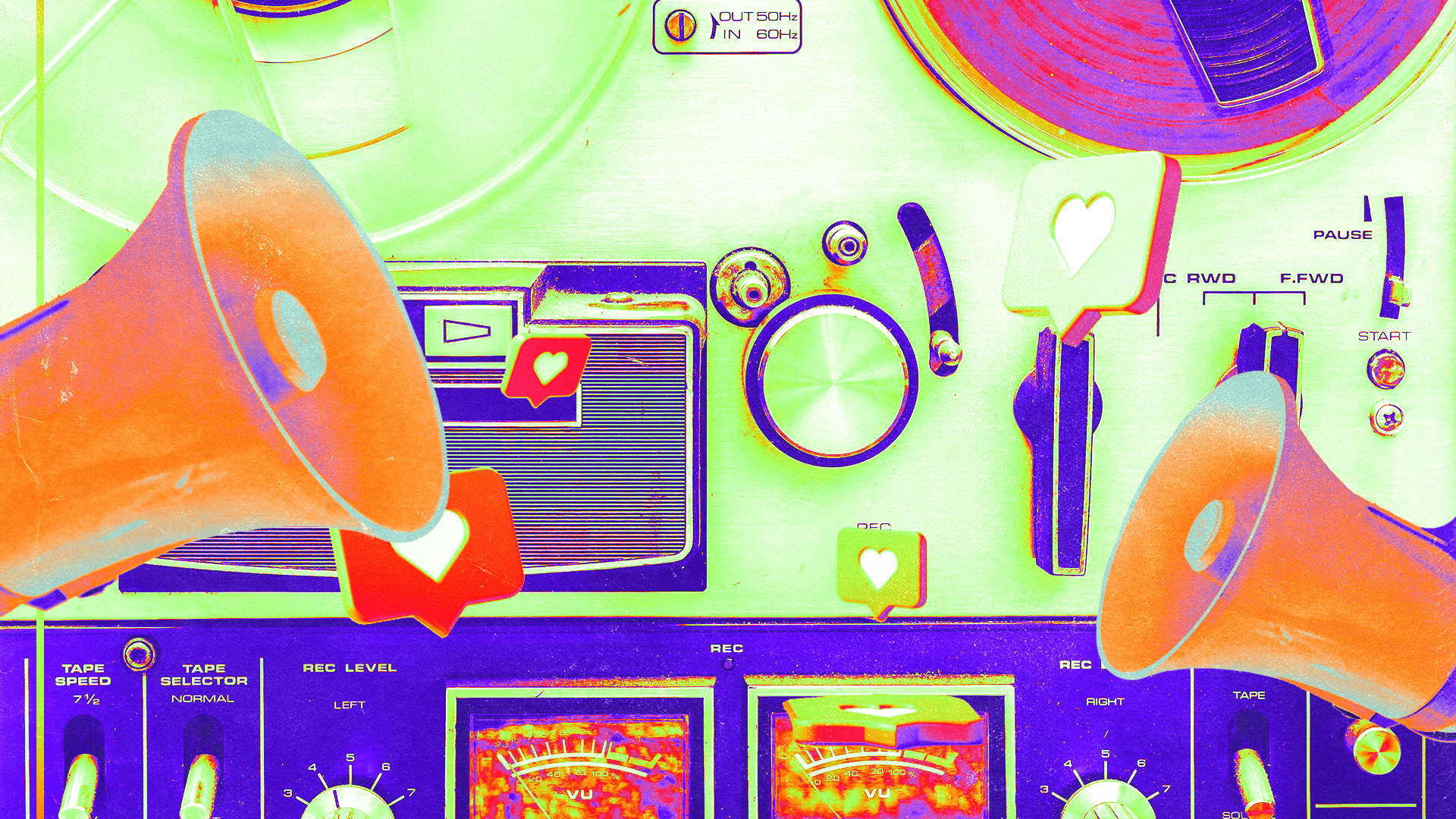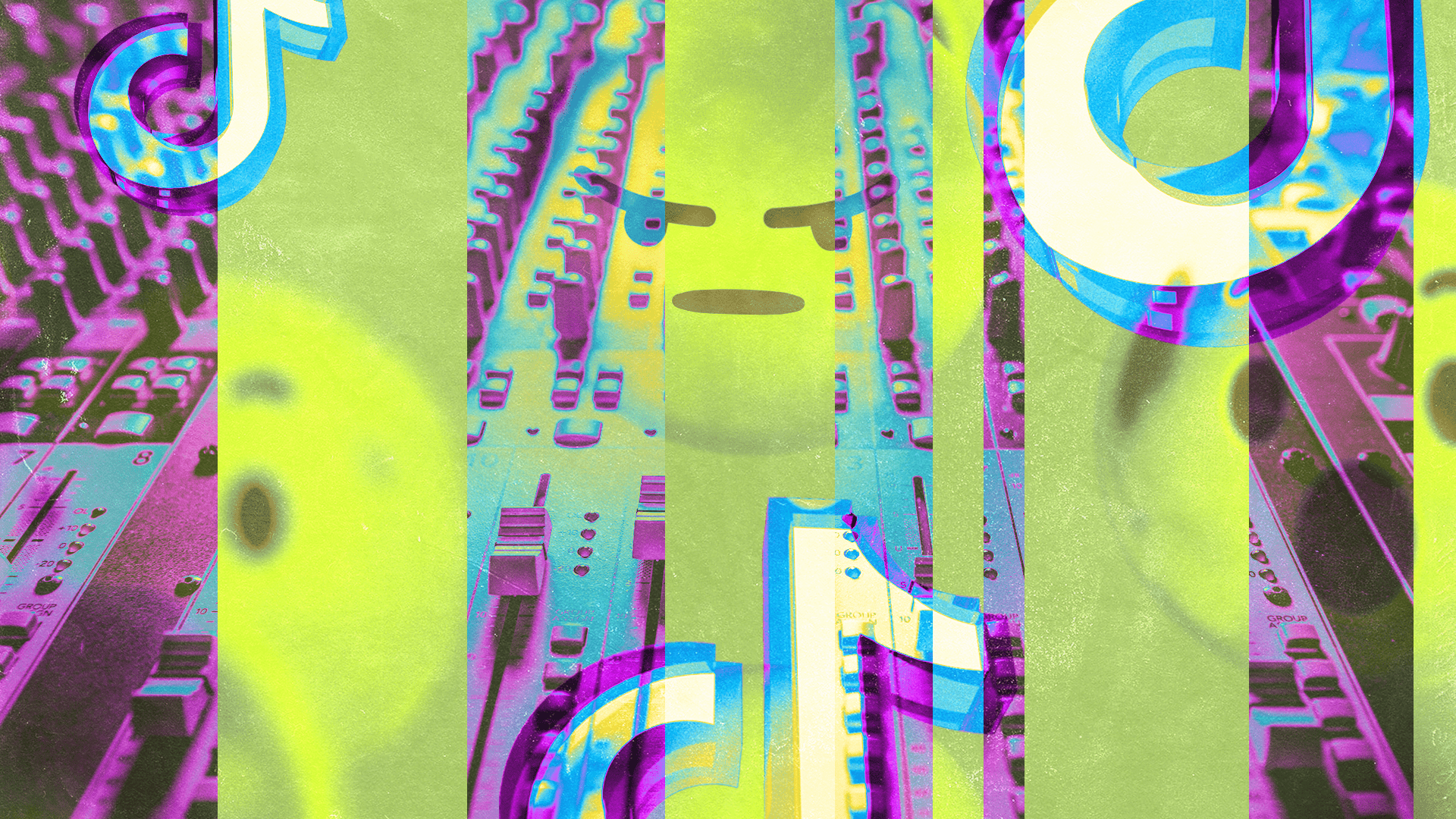
Hearing Protection for Musicians & Why It’s Important
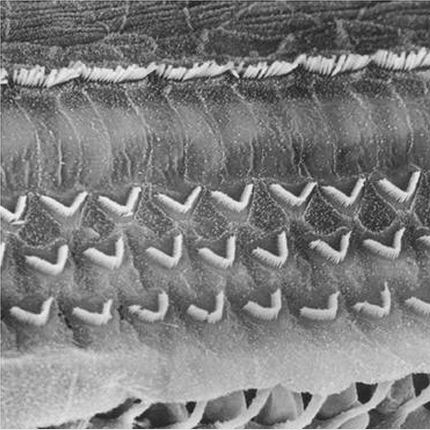
Your ears are your biggest assets so don’t take them for granted. There’s no coming back from serious hearing damage or Tinnitus (ringing in your ears).
Try to limit your exposure to two hour blocks (not always possible). Then rest for 30mins (do some quiet editing). My Engineering professor would also recommend complete silence for 15 mins if time was tight.
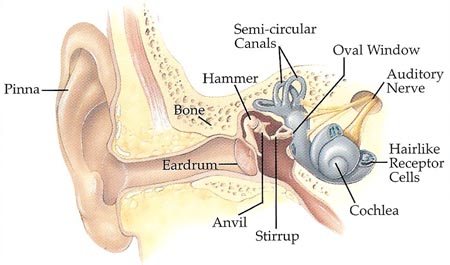
Sometimes I’d even put on ‘construction’ ear protection (the big ones that fit over your ears). After long periods of exposure to loud music the hairs inside your ears get tired and they need a break so they can ‘wake up’ again.
Don’t mix at loud levels
Around 80 to 85 dBSPL is a good average. Use an SPL meter if available. If you can’t get your hands on one the trick is that the mix level should be quiet enough that you can have a comfortable conversation with someone in your room. Headphones are harder to judge so be careful.
We’re all guilty of blasting mixes until our ears tingle. It’s fun, but very dangerous, like gator wrestling. You should also be careful with “city” listening. City sounds (cars, subways, construction) themselves contribute to ear fatigue. And if that wasn’t bad enough, the tendency is to turn up your headphones to compensate (vicious cycle).
Monitor the levels you’re pumpin’ into your ears. Once those inner ear hair cells die, they can’t be repaired and don’t grow back (unless you’re a frog or a bird). Total Bummer.

The realities of the Fletcher-Munson curve (aka. Equal Loudness contour) will affect your mix too; Mixing at loud levels usually makes for an unreliable/unbalanced mix. Having said all that, it’s sometimes unavoidable to crank it every once in a while so you can really feel the track! Just be careful.
Get good ear plugs
They’re essential for live shows, but also handy in many studio situations. You can easily spend hundreds on custom molded plugs (ex. my Sonomax), but more affordable options are available too (ex. my DUBS).
One last thing about earplugs (and Q-Tips), is that overtime they can push earwax into your ear canal and eventually create a blockage. About 10 years ago I thought I was going deaf in one ear. A quick visit to a local health clinic fixed me right up. They flushed my ear and a nasty slug of wax was dislodged. It was gross, but was also the best feeling ever. After weeks of suffering and freaking out that my career was over, it felt like I was hearing for the first time!
Don’t wait for something to happen to you.
You’ll regret it. There are also degrees of hearing loss. It can slowly degrade over time, or you can suffer from one loud sound (ex. Captain Kirk got Tinnitus from an explosion on the set of original Star Trek and he still suffers 45 yrs later).
Too many concerts (or even one bad one) without ear plugs can get you (the ringing you hear after a show is not a good sign). Many don’t even notice their hearing loss.
I’ve worked with tons of musicians over the years and I can tell the ones who can’t hear certain things anymore. They ask me to crank certain frequencies because they can’t hear them. It sounds terrible and painful to me, but they love it. I correct the EQ later and the neighbourhood dogs are happy again.
Hope this wasn’t too preachy. It’s serious stuff, but written because we care.
Gear guides, tips, tutorials, inspiration and more—delivered weekly.
Keep up with the LANDR Blog.

